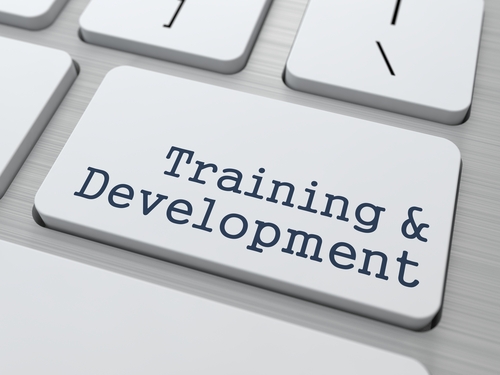What are the most common barriers to training transfer, and how can they be avoided? In today’s Advisor, we get expert advice on this training challenge.
 |
When trainees don’t use what they’ve learned in training, the reason is often a lack of reinforcement back on the job, says Michael Nolan, president of Friesen, Kaye, and Associates (http://www.fka.com). Savvy trainers set the stage for that reinforcement long before they enter the classroom.
Meeting with participants and their bosses in advance can significantly increase the likelihood of training transfer, Nolan says. In a collaborative discussion, you can agree on mutual expectations and objectives for the training session.
Depending on the type of training, Nolan recommends that this collaborative discussion take place 4 weeks before the program begins, allowing ample time for participants to complete any prework. In any case, don’t wait until the day before training to have the discussion.
Great news! BLR’s renowned Safety.BLR.com® website now has even more time-saving features. Take our no-cost site tour! Or better yet, try it at no cost or obligation for a full 2 weeks.
Ideally, you should meet individually and as a group with trainees and their bosses both before and after the training, Nolan says. Following up after training will help you determine whether:
- The training met everyone’s expectations;
- The work environment (including the participants’ peers and bosses) is supportive of the learned concept; and
- Participants know how to implement what they learned back on the job.
Simply asking trainees how they liked the program is not enough, but that’s often where reinforcement after training stops, according to Nolan. He offers five additional tips to increase the likelihood of successful training transfer:
Your one-stop safety management resource, available 24/7. Go here to take a no-cost site tour or here to try it in your own office!
- Develop a solid understanding of the participants’ jobs and make the content relevant and practical.
- Link the training to your organization’s goals and objectives so that participants and their bosses understand the importance and the relevance of the information.
- Minimize interference from the job during training so that participants can give their full attention to the training topic.
- Provide opportunities for practice and feedback so that participants leave the training session with the necessary knowledge and skills.
- Allow for "reflection and application" during training, giving participants a chance to think about how to use that knowledge and those skills back on the job.
Why It Matters
- Effective training cannot happen in a vacuum.
- There is more to training than just the actual training session or sessions.
- Pretraining stated goals or quizzes about current knowledge, and posttraining performance tests on the job or follow-up quizzes about new knowledge, are needed to complete the process of behavioral change that training is intended to achieve.
